Queerness in Anime

Banner art by Sagaken
Queerness in anime has a long and complicated history like in all art forms. LGBTQA+ rights are still greatly lacking in Japan and beyond. Yaoi (Boy's Love) and Yuri (Girl's Love) are both hugely popular anime genres but exist only as a fetish, an oversexualized representation of queer people for the consumption of straight people. There have been some very problematic representations of queer people in anime but some real breakout characters as well. Let's have a look at some of our favorites from anime both old and new to remind us how far we've come and where we can go from here!
Major Matoko Kusanagi from Ghost in the Shell - 1989
Widely considered to be one of the greatest anime series of all time, Ghost in the Shell has gained a large queer following since its release. Major Motoko is a cyborg who can switch from one 'shell' (body) to the next. Motoko's main form is that of a female, designed to be a standard-issue model. She expresses a dissociation from her human form which many transgender fans have felt a connection to. Theories have been shared about the body dysphoria that Motoko displays and how it relates to the trans experience. Motoko is also shown to be bisexual in multiple scenes later in the series.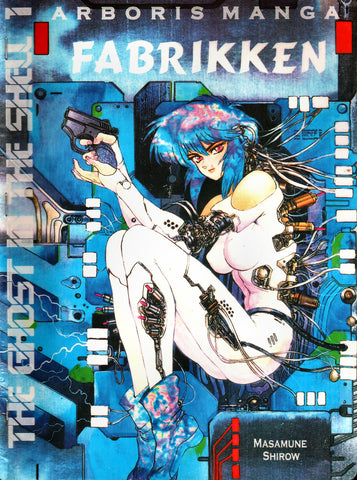
Sailor Moon - 1991
At this point, who hasn't heard of Sailor Moon? The series that defined the magical girl genre and spawned a million tributes. Often imitated but never duplicated. Sailor Moon was many young people's introduction to queer characters, including myself. I remember being shocked when opening the manga for the first time and learning that Sailor Uranus and Sailor Neptune were not cousins (like the American TV series had taught me) but lovers! Outside of Uranus and Neptune's famous lesbian duo are many other lesser-known queer characters including Sailor Moon herself! It is heavily implied throughout the series that Usagi is bisexual. She often blushes and flirts with other women, Sailor Uranus included. The final season of Sailor Moon 'Sailor Stars' features scouts who are men by day and transform into women when returning to their Sailor Scout form. Obviously that isn't the reality for transgender people but this transformation expresses the idea of gender fluidity. Go back and re-read/watch Sailor Moon! It's way queerer than you remember and there are so many more examples outside of the ones listed here!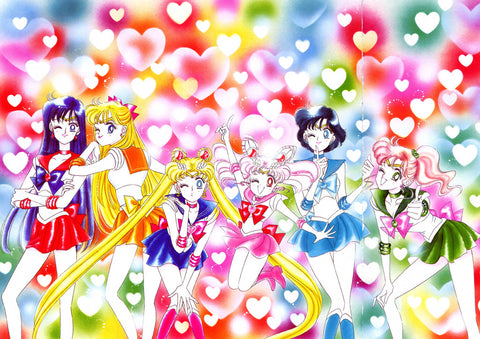
Kaworu and Shinji from Neon Genesis Evangelion - 1995
Despite the fact that Kaworu is only featured near the end of the show, he made a huge impact. The protagonist Shinji is shown struggling to connect with women throughout the show (something that changes the course of the ending, depending on which version you're watching). Kaworu shows up and instantly falls in love with Shinji, literally saying "I love you". Shinji does not rebuff these advances, and in fact seems happy to be loved, something he has lacked in his life. Recent translations of the original series for Netflix have faced major backlash for changing the English translation to "I like you". One step forward, two steps back...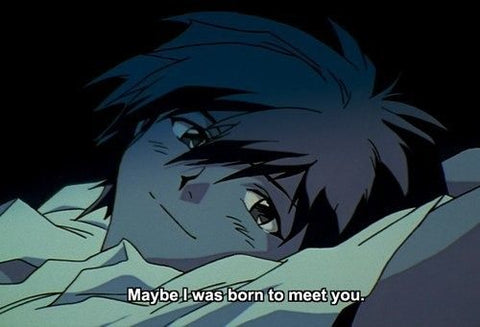
Revolutionary Girl Utena - 1996
No one seems to be straight in this influential shojo series where the protagonist Utena decides she is going to become a prince. Utena is drawn into a series of sword duels to win the hand of Anthy Himemiya the "Rose Bride". Many romantic and dramatic rose petal covered scenes ensue. Themes of this series include the illusion of fairy tales, taking control of one's own life, and breaking free of societal norms. Utena's imagery can be very surreal, featuring the color red heavily to symbolize ambition. 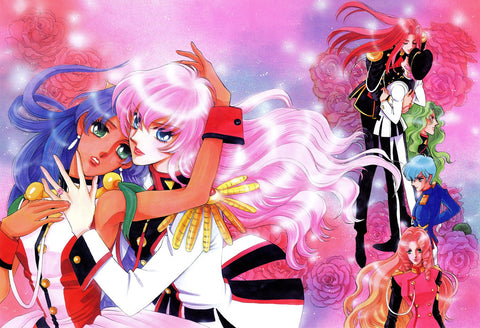
Cardcaptor Sakura - 1996
The collective named CLAMP is an all-woman manga artist group that is responsible for a lot of queer representation in manga and anime. Some of this representation is very problematic but overall Cardcaptor Sakura features some of their best queer characters. Tomoyo Daidouji is Sakura Kinomoto's (the protagonist's) best friend. Tomoyo is head over heels in love with Sakura, fangirling over her every move and designing costumes for her to wear while capturing Clow Cards. Tomoyo knows Sakura doesn't feel the same way yet they still remain the best of friends, supporting and loving each other. All Tomoyo wants is for Sakura to be happy. I hope Tomoyo gets the girlfriend of her dreams in the future!
Touya Kinomoto is Sakura's big brother and the heavily implied boyfriend of Yukito Tsukishiro. They are always together and shown as being very affectionate towards one another (practically living with one another). Eventually, Yukito openly admits to being in love with Touya, calling him his "number one".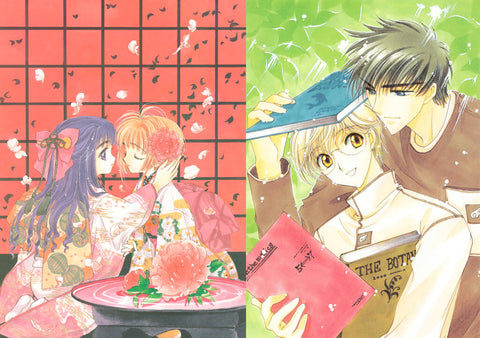
Paradise Kiss - 1999
Paradise Kiss is a coming of age romance story that focuses on a group of friends trying to break into the fashion world. The series features two prominent LGBTQA+ characters. Joji Koizumi is an aspiring haute couture fashion designer who lives the life of a hedonistic bachelor. He describes himself as an "equal opportunity lover" being attracted to both men and women. His appearance is inspired by Glam Rocker "Brian Slade", another fictional bisexual character from the film 'Velvet Goldmine' which is in turn loosely based on David Bowie.
Isabella Yamamoto is a trans woman who is a mother figure to the main characters in Paradise Kiss. She was born to a wealthy family and loved wearing dresses from a young age. Isabella was Joji's original muse for fashion, wearing his first gowns. The harmful act of 'deadnaming' (using a transgender person's name that was assigned to them at birth) is explored through Isabella who is mortified when anyone refers to her by her deadname.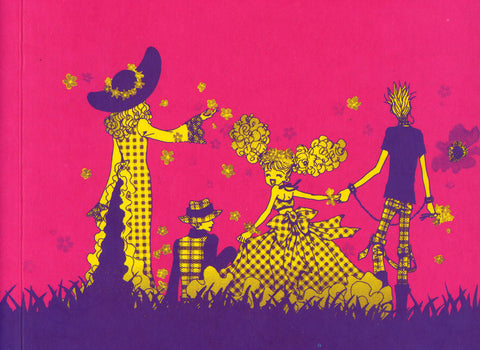
Hana from Tokyo Godfathers - 2003
Tokyo Godfathers follows a group of homeless people on Christmas Eve searching for the mother of an abandoned baby. Hana is a trans woman who feels a mothering instinct towards the baby and wishes she had the opportunity to mother a child. It is never explicitly stated that Hana is trans but it is heavily implied, including when she states near the beginning of the film "In my heart, I am a woman". Hana was abandoned by her mother at a young age (a sad reality for many transgender people). In her past life, Hana worked as a drag queen at a club where she found her own family. The movie explores the queer tradition of having a house 'Mother' who raises abandoned queer children. This comes from ballroom culture which is rooted in queer Black and Latinx spaces in the U.S. Most recently this culture has been featured in the hit T.V. series 'Pose'. Unfortunately, Hana's trans identity is used as a joke on several occasions in the film but she still comes across as a complex and beloved character.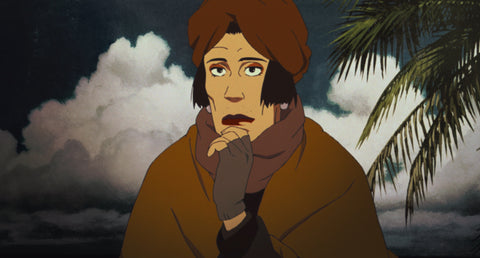
Nathan Seymour from Tiger & Bunny - 2011
Tiger & Bunny is a superhero action series featuring a multitude of spandex-clad heroes. Among them is the out and proud Fire Emblem AKA Nathan Seymour. Nathan's gender identity is never explicitly stated but most fans refer to them as non-binary or as a transgender woman due to the fact that she/they pronouns are used for them throughout the series. It is revealed that Nathan used to present in a more traditionally feminine manner but stopped due to being bullied. They are considered "one of the girls" and regularly meet up with the other superheroines to discuss relationships. Nathan's character walks the line of being a trope and a fully fleshed-out character. At times their sexuality is played up as a joke but their identity is never questioned or remarked upon by other characters. In fact, Nathan has a great relationship with all of the other heroes. Nathan is ultimately unapologetic, declaring that their gender presentation makes them invincible! 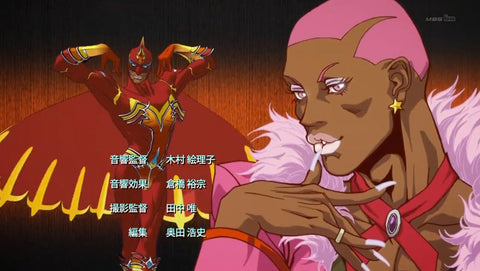
Yuri!!! On Ice - 2016
A romance and sports anime, this series was a recent mainstream crossover hit! Focusing on the bond between 'student' Yuri Katsuki and 'master' Yuri Plisetsky we follow them as they rekindle their ice skating careers and burgeoning love. The series culminates in a big kiss and exchanging of gold rings, symbolizing an engagement. Even though it was very obvious they had kissed, this scene generated some backlash as an arm was placed directly over the mouths of the two characters, effectively censoring it. Yuri!!! On Ice has garnered acclaim for being a non-stereotypical depiction of gay love and for being a pretty accurate look into the world of professional figure skating!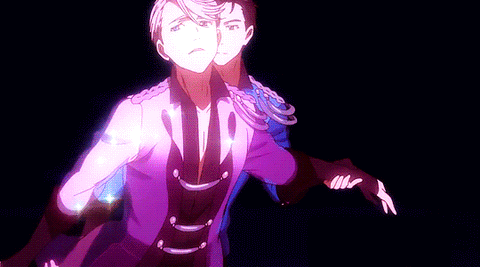
Where do we go from here?
You may have noticed a pattern in my writing above. Characters queerness being 'implied' or used as a 'joke'. What we need are more anime characters clearly stating their sexuality and living out and proud! Too often is the queer experience left in the subtext, forcing viewers to read between the lines. Too often are queer characters used as the punchline of a homophobic joke. I look forward to seeing more meaningful queer representation in anime of the future!
Happy Pride! 🏳️🌈
Miranda (she/her, bisexual) and The Popkiller Team!


This is an awesome article! Such good research and so on point!!!! I’m going to check out some of these series I’ve never read before
Leave a comment